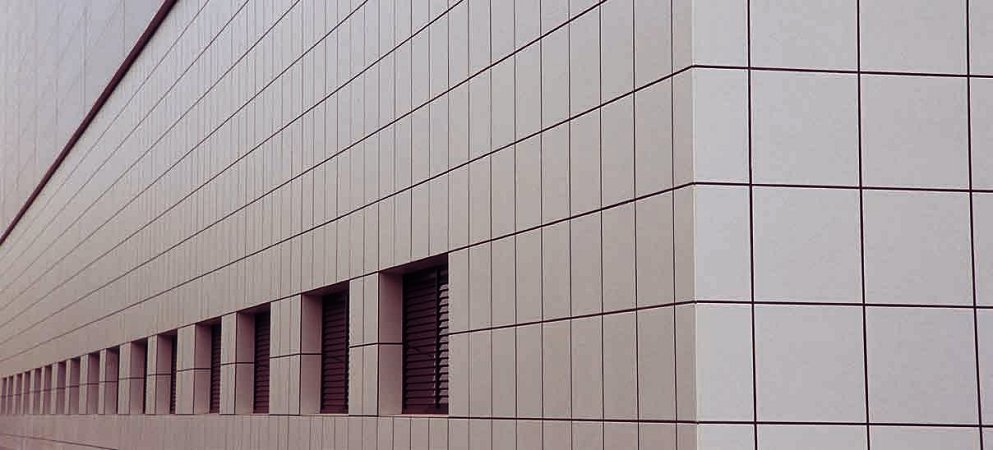41
Juntas de movimiento.
Representan el factor fundamental en la conservación del
revestimiento cerámico ante todos los movimientos,
tanto propios del edificio como los inducidos que pueden tener lugar en la fachada. Contribuirán a la reducción de
tensiones que puedan trasmitirse a las baldosas y provocar su rotura o desprendimiento.
Se ejecutarán en aquellas zonas donde cambie la naturaleza del soporte, ventanas, esquinas o cambios de plano
del cerramiento. Además se contemplarán otros elementos estructurales como son las uniones entre los forjados
o elementos fijos. Las juntas de dilatación deben formar paños de tamaño máximo 12-16 m
2
, siendo estos lo más
cuadrados posible, el ancho de junta aconsejable será de 8-10 mm. Para
el sellado,
utilizaremos
s-502
sellante
silicónico acético de gran elasticidad y resistencia a los agentes atmosféricos.
Expansion joints.
These joints are of
fundamental importance
in conserving the ceramic-tiled covering against the building’s own
structural movements as well as those brought on by external factors which may affect the façade. They help to
reduce the stresses that may be transmitted to tiles and cause breakage or detachments.
These
joints
should
be
rendered
in
those
areas
where
the
nature
of
the
substrate
changes,
as
in
the
case
of
windows, corners and shifts in plane along the façade.
They should also be used in the presence of other structural
elements, as with the union between floor slabs or fixed elements.
Expansion joints should form sections no larger
than 12-16 m
2
, with these being as square as possible; recommended joint width is 8-10 mm.
To seal these joints,
use
s-502
acetic silicone-based sealant, which offers a high degree of elasticity and weather resistance.
